Four Australian mothers share their meth addiction, recovery stories
On the run from authorities, stealing to survive, experiencing psychosis and spending $500 a day on drugs — four mums talk about the horror days of ice in this stripped bare account of addiction. VIDEO
North
Don't miss out on the headlines from North. Followed categories will be added to My News.
The elusive “ice world” so many Queenslanders find themselves trapped in is a terrifying place to exist — filled with crime, heartbreak, abuse and even ‘demons’.
For 30-year-old Gold Coast woman Esther Degen, who grew up in a Christian household, attended a private school and was always a few steps ahead of her peers academically, it was perhaps the most unlikely place she could have ended up.
And yet she did.
Ms Degen began using drugs like ecstasy, speed and weed recreationally at 13 surrounded by people who were older and more reckless than she.
She tried ice for the first time years later, at 17, and was immediately hooked.
“By the time I was 18 I was a fully-fledged ice addict,” she said.
“It would have been within six months (that) I was smoking most days.”
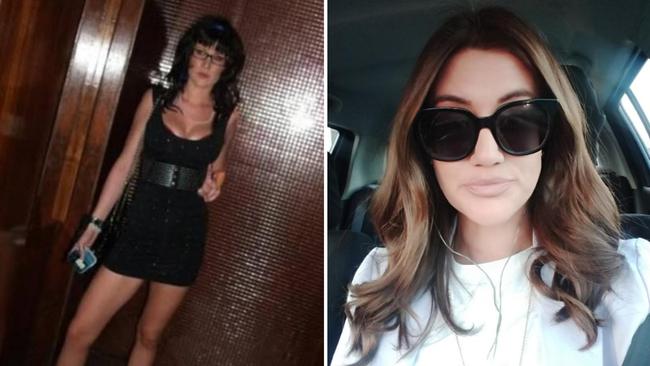
Her life very quickly spiralled out of control as she struggled to find the funds necessary to feed her addiction.
“I literally call it the devil’s drug because it steals your soul, it steals your happiness, it steals your will to live,” she said.
“It steals everything.”
Ms Degen was dealing drugs, missing rent payments and falling deeper and deeper into a debilitating depression when she fell pregnant with her eldest daughter, who is now 11.
She remained sober throughout her pregnancy and for the first few months of her daughter’s life, but fell back into old drug habits following a terrifying encounter in her own home with a man from the “ice world” she was unfortunately still connected to.
“He just basically walked up to my ex and he said ‘in 30 seconds you’re going to die’,” she recalled.
The man, who she said came armed with a gun, a taser, and zipties, started counting down from 30. Ms Degen stood frozen, terrified that “something could have gone wrong” if she moved.
Thankfully, she said he was “cooked” and walked out the door before inflicting any real harm.
“I went and got straight on (ice) that afternoon because I didn’t know how to deal with any of the trauma,” she said.
“I found out years later that that man had actually killed two people right before he came to our house.”
Ms Degen said she was scared into taking recovery seriously when she was about 23, after she hallucinated while high on ice and saw “creatures” reach for her from the ceiling.
Her story of addiction is similar to that of many other women across the state who are about her age.
In fact, Ms Degen’s demographic of 30- to 40-year-old women is one of very few that has presented to Queensland emergency departments for reasons related to meth use more in recent times than at the beginning of the Covid-19 pandemic, with 39 presentations in 2021-22 and 38 in the year prior.
Virtually every other demographic saw a decrease in meth-related emergency presentations between 2020-21 and 2021-22. Men aged between 50 and 60, and between 60 to 70, also saw a slight increase of one to two presentations.
Much like Ms Degen, Townsville woman Stacey Walker — formerly of Brisbane — fell into meth addiction after a relatively happy and stable childhood.
She began smoking ice when she was 20 and a new mum, as a way to cope with an abusive relationship. Now 32, she has been sober for about a year.
“I’ve had some pretty scary moments on it,” Ms Walker said.
She recalled a time where she left her loved ones without explanation and made her way to her drug dealer’s home — a “traphouse”, named as such because it “traps you” — and stayed there, awake, for four to five days.

The rooms of the house were filled with people smoking ice, as well as imagined spirit-type figures the house’s occupants referred to as “shadow angels”.
While there, Ms Walker said one particular “demon” attached itself to her. She thought nothing of it at the time.
“My partner actually had to physically come to the house to get me out because I was so trapped in this world,” she said.
“He basically had to come in with a knife ... and walk through the door and (say) ‘let her go’.”
There were times while on the drug Ms Walker said she had no control over her body for up to 24 consecutive hours.
“I put myself into a severe anxiety attack one time,” she said.
“I was basically walking up and down the road, screaming. (I) couldn’t control myself (and) called my mum and dad. They were praying for me over the phone.”
She said she felt as though she was “on the edge of hell” and death.

Tania, who asked that her surname be withheld, experienced a similar milestone moment after 18 years of addiction which inspired her to redirect her life toward a drug-free future.
The 44-year-old mum had lost “everything” while in the grips of ice, including her house, partner, and job, and was “constantly” being arrested for crimes like assault and break and enter.
She was even a fugitive for a period of time, spending four months “out bush” before eventually being caught by authorities.
“I remember looking back on the carnage of the past, of the last 18 years through my addiction, and the pain and the shame and the guilt that I felt,” she said.
“I felt completely burdened by those emotions, to the point that it actually plummeted me further.
“So I went into that state of wanting to commit suicide. I couldn’t bear the pain.”
But Tania said everything changed for her when she was told she was going to become a grandmother, as she could not bear the thought of bringing a child into the “dysfunction” she believed she had raised her kids in.
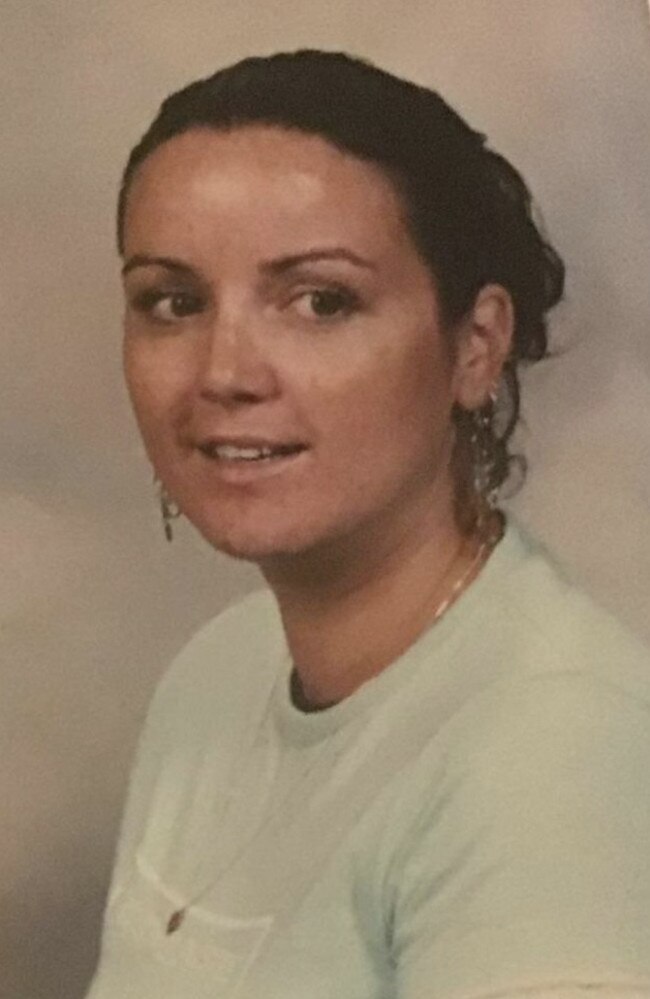
She enrolled in a 15-week program to help her tackle her addiction and came out the other side sober from both drugs and alcohol. She has remained that way now for four years.
Each of the three women are now in recovery and volunteer their time working with people who are battling, but determined to break free from, their own ice addictions.
They are all active members of Australian Anti Ice Campaign — a non-profit organisation headed by CEO Andrea Simmons which educates people about the dangers of the drug and assists those trying to escape it.
Ms Simmons struggled with ice addiction for 2 and a half years after trying the drug once at 40.
“Within months I was using daily. At the end I was using around $500 a day and I ate into everything I owned,” she said.
“It took me to a place (where) not only did I lose all my material belongings — houses and everything I owned — but ... my kidneys were bleeding, I was having heart issues, my hair was falling out, I was weighing 40kg.
“I got to a point where I started losing my mind. I was lost in the streets and I couldn’t find my way back home. I was stealing to eat. Stealing to survive.”
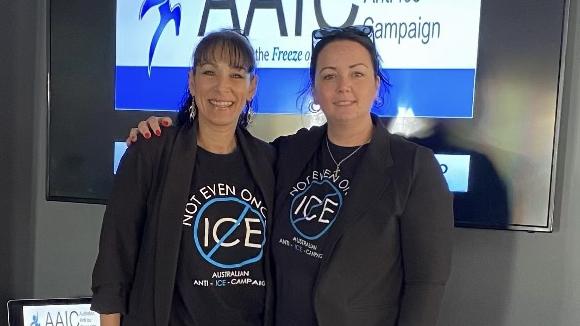
After the drug took her to the brink of death, she took the chance she was provided with to “do life again”.
She managed to overcome her addiction and started the Australian Anti Ice Campaign almost two years later.
“It can happen to anybody,” she said of addiction.
“It happened to me at the age of 40 and no one is immune. We’ve got nurses, doctors. We’ve got students. We’ve got all kinds of people that are trapped in this world. We really need to wake up, Australia.”
Her mission with Anti Ice is to “unveil the truth” of the drug and to walk alongside those already struggling towards a better future.
She, Tania, Ms Walker, and Ms Degen emphasised there was a desperate need for a more widespread awareness about ice and its effects — which could be helped by increased funding for organisations such as Anti Ice — as “prevention is better than cure”.
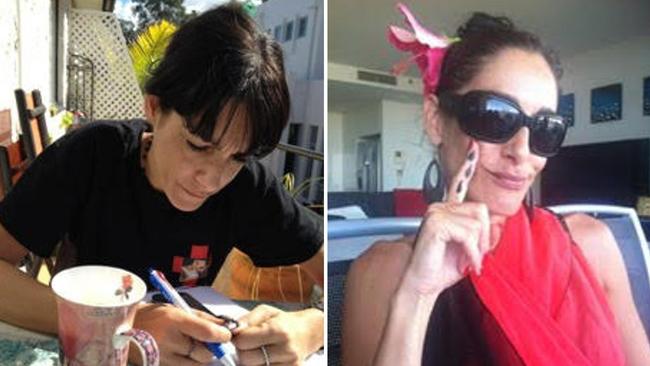
Tania said change was also necessary at a government level, such as where child protection services was concerned.
“Now if you were to go through Child Safety and you were to pinpoint how many of those children have come out of homes where the parents are addicted to ice — and it’s all fine and dandy to take the children out of the environment and I totally understand that but — what are we doing to help the parents?” she said.
“I believe in restoration of a family. I don’t believe that a family should be totally torn apart and ... children run through foster care for the rest of their life.”
She said it was absolutely crucial parents be supported and pointed in the direction of recovery and that programs such as Anti Ice receive greater funding, so she and other former addicts can continue working alongside professionals to educate Queensland’s children and pull people out of addiction.
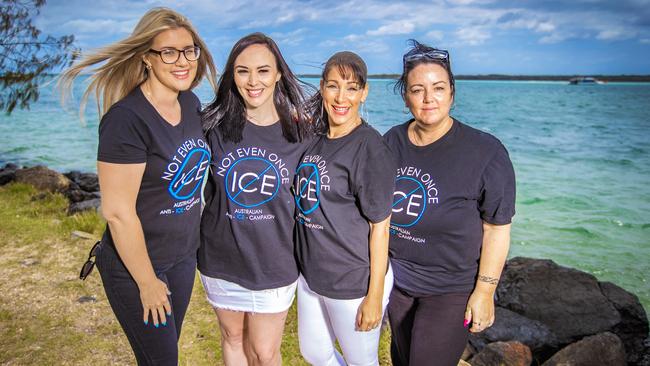
For more information about how to recover from ice addiction, click here.
Confidential support can also be found in 24-hour, seven-day-a-week Queensland service Adis. Call 1800 177 833 for assistance.


